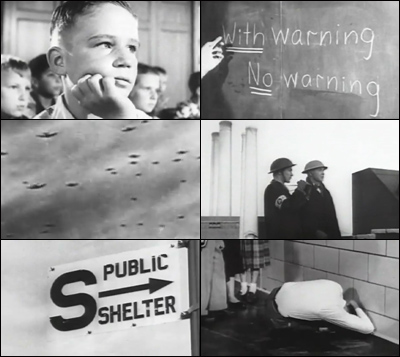
In honor of Alex Chilton’s passing, we’d like to publish this article written by Joshua Ellis. This article appeared in Coilhouse Issue 04. You can also view a PDF of this article, by a strange twist of fate, over at the official Pixies website. It’s not an article about him, or The Pixies, per se. However, we’ve been wanting to publish this article on our blog for a while now, and this feels like the right moment to do so. This article speaks to the heart of why we’re all here together. What’s that song? / I’m in love / With that song…
I have this memory, and I’m not sure if it’s even real–or if it’s real, if it’s cobbled together from a half-dozen memories, fragments of things that happened over the course of a year or two that began the summer before I started high school, in 1991.
In this memory, I’m sitting in the basement of a girl named Sara, who pronounced her name “Saah-rah” and had purple hair and smoked clove cigarettes. I didn’t know Sara very well, but she was part of a small collective of freaks and weirdos that I had congregated to when I moved that summer from my ancestral home of north Texas to the small mountain town of Hamilton, Montana.
I’m sitting in Sara’s basement with my friends: Jeremy, the pretty guy who wears big black woolen overcoats and Jamaican tam o’ shanters in bright yellow and red and green, and seems to have unlimited access to the panties of every single girl in the Bitterroot Valley; Wade, who perpetually sports Birkenstock loafers that look like inflated bladders and drives a white Volkswagen Beetle covered in Grateful Dead stickers; Nate, who is one of the best guitarists I’ve ever met and is a huge aficionado of what will later come to be known as “extreme” sports, like bouncing down jagged rock faces on a beat-up skateboard deck; Sarah and her sister, Jenny, who are both fond of dropping random giggly non sequiturs into the conversation when stoned.
They’re all here, or some of them, or none of them. We’re sitting in the dark, talking bohemian bullshit, maybe smoking pot. It’s the kind of night that gets put on endless repeat when you’re young and strange and condemned to spend your adolescence in some far-flung desolate shithole like Hamilton, Montana, where you can’t lose yourself in the noise or happily become part of it, the way you can in New York or Seattle or Los Angeles or Chicago.
I’m not as cool as they are. I don’t know about cool shit. I’m just this uptight kid from J. R. Ewing Land who talks too much, still wears Bugle Boy button-downs and M. C. Hammer pants, and has only the dimmest idea that there’s some entire world out there of cool shit that I know nothing about. I own a Jane’s Addiction album and I’ve vaguely heard of the Sex Pistols.
And in this memory, Sara gets up and puts a cassette tape into her boom box. It’s a time traveler from 1984, beaten and scuffed, with the inevitable broken-off cassette door, so you just slap the tape in and hope that the tape head keeps it from falling out, which will cause the relentless motors to chew the tape and unspool it like the entrails of a slaughtered pig. Sara slaps the tape in and hits play.
This song comes out–a slow beat, big and echoing, then a bass playing eighth notes, and then a guitar, dreamy and vibrating. It sounds like what I imagine sunrise on a beach would be like, like what I imagine doing heroin would be like, like what I imagine sex in a dark room with that awesome girl you lie awake and dream of meeting would be like. I haven’t experienced any of these things–yet.
And then a voice, a high husky man’s voice, gentle over the music.
Cease to resist, given my good-byes
Drive my car into the o-o-sha-hah-hahn
You think I’m dead, but I sail away
On a wave of mutilation, wave of mutilation
Wave of mutilation
Way-hey-hey-hey-have
Way-hey-hey-hey-have
“What is this?” I ask. Sara shrugs.
“It’s the Pixies,” she says in this memory that may not even be real, or maybe didn’t happen this way at all. “The song’s called ‘Wave of Mutilation.’ This is the U.K. Surf Mix. The real version is faster and louder.”
“I’ve never heard of them,” I said. “I’ve never heard this.”
“They’re pretty cool,” Sara says. “I think they’re from, like, Boston.”
I nod. Pretty cool.








